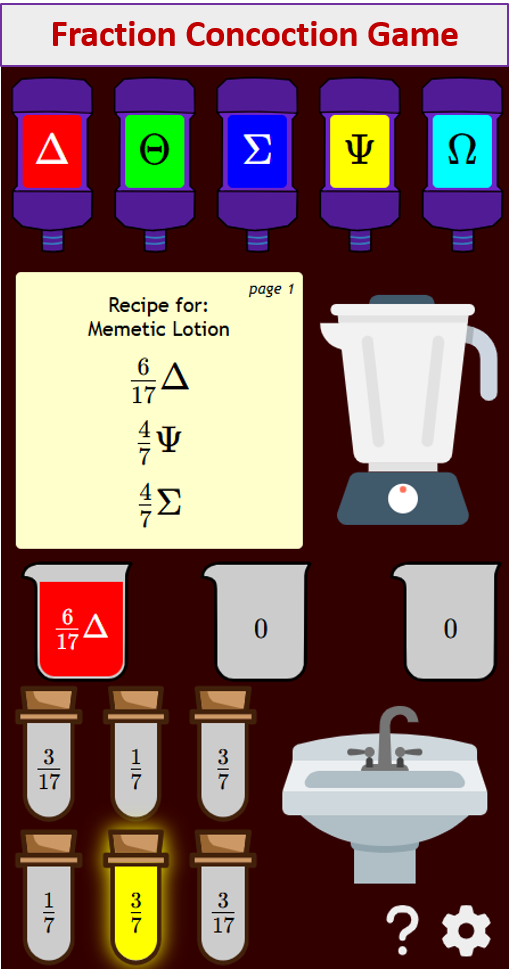Gaussian Elimination
Related Topics:
More Lessons on Matrices
Math Worksheets
Videos, worksheets, games and activities to help Algebra students learn how to use the Gaussian Elimination to Solve a System of Linear Equations.
Gaussian Elimination is a systematic method for solving systems of linear equations. It works by transforming the system’s augmented matrix into a simpler form called row echelon form or reduced row echelon form using elementary row operations. Once in these forms, the solution to the system can be easily determined using back-substitution or by direct observation.
The following diagrams show how to solve a systems of equations using Gaussian elimination and row echelon form. Scroll down the page for more examples and solutions.

Steps of Gaussian Elimination:
- Form the Augmented Matrix:
Given a system of linear equations, create an augmented matrix. This matrix consists of the coefficients of the variables and the constants, separated by a vertical line (representing the equals sign). - Apply Elementary Row Operations:
The goal is to transform the augmented matrix into row echelon form (REF) or reduced row echelon form (RREF).
There are three allowed elementary row operations:
a) Swap the position of two rows. (Notation: Ri ↔ Rj)
b) Multiply all elements in a row by the same non-zero number. (Notation: kRi → Ri)
c) Adding a multiple of one row to the corresponding elements of another row. (Notation: Ri + kRj → Ri) - Transform to Row Echelon Form (REF):
The matrix is in REF if:
All non-zero rows are above any rows of all zeros.
The leading entry (the first non-zero number) of each non-zero row is 1.
The leading entry of each non-zero row is in a column to the right of the leading entry of the row above it. - Transform to Reduced Row Echelon Form (RREF) (Optional but often useful):
The matrix is in RREF if it is in REF and additionally:
The leading entry (which is 1) of each non-zero row is the only non-zero entry in its column. - Solve the System:
From REF: Use back-substitution. Start with the last non-zero row to solve for one variable, then substitute that value into the equation represented by the row above it to solve for another variable, and so on.
From RREF: The solution can be read directly from the matrix. If the matrix represents a system with variables x, y, z, etc., the columns corresponding to these variables will have a leading 1 in one row and zeros elsewhere. The value in the constant column of that row is the solution for that variable.
The Gauss-Jordan method, also known as Gauss-Jordan elimination, is an algorithm for solving systems of linear equations. It is an extension of the Gaussian elimination method, where the matrix is further reduced until it is in reduced row echelon form (RREF). Solving Matrices using the Gauss-Jordan Method
This precalculus video tutorial provides a basic introduction into the Gaussian elimination - a process that involves elementary row operations with 3x3 matrices which allows you to solve a system of linear equations with 3 variables. You need to convert the system of equations into an augmented matrix and use matrix row operations to write it in row echelon form. Next, you can convert back into a system of linear equations and solve using back substitution.
This video explains how to solve a system of equations by writing an augmented matrix in reduced row echelon form. This example has one solution.
In this video, we will solve a system of 3 linear equations with 3 unknowns using the powerful method of Gaussian Elimination. We will show how to reduce the system to row-echelon form and find the solution.
Try out our new and fun Fraction Concoction Game.
Add and subtract fractions to make exciting fraction concoctions following a recipe. There are four levels of difficulty: Easy, medium, hard and insane. Practice the basics of fraction addition and subtraction or challenge yourself with the insane level.

We welcome your feedback, comments and questions about this site or page. Please submit your feedback or enquiries via our Feedback page.